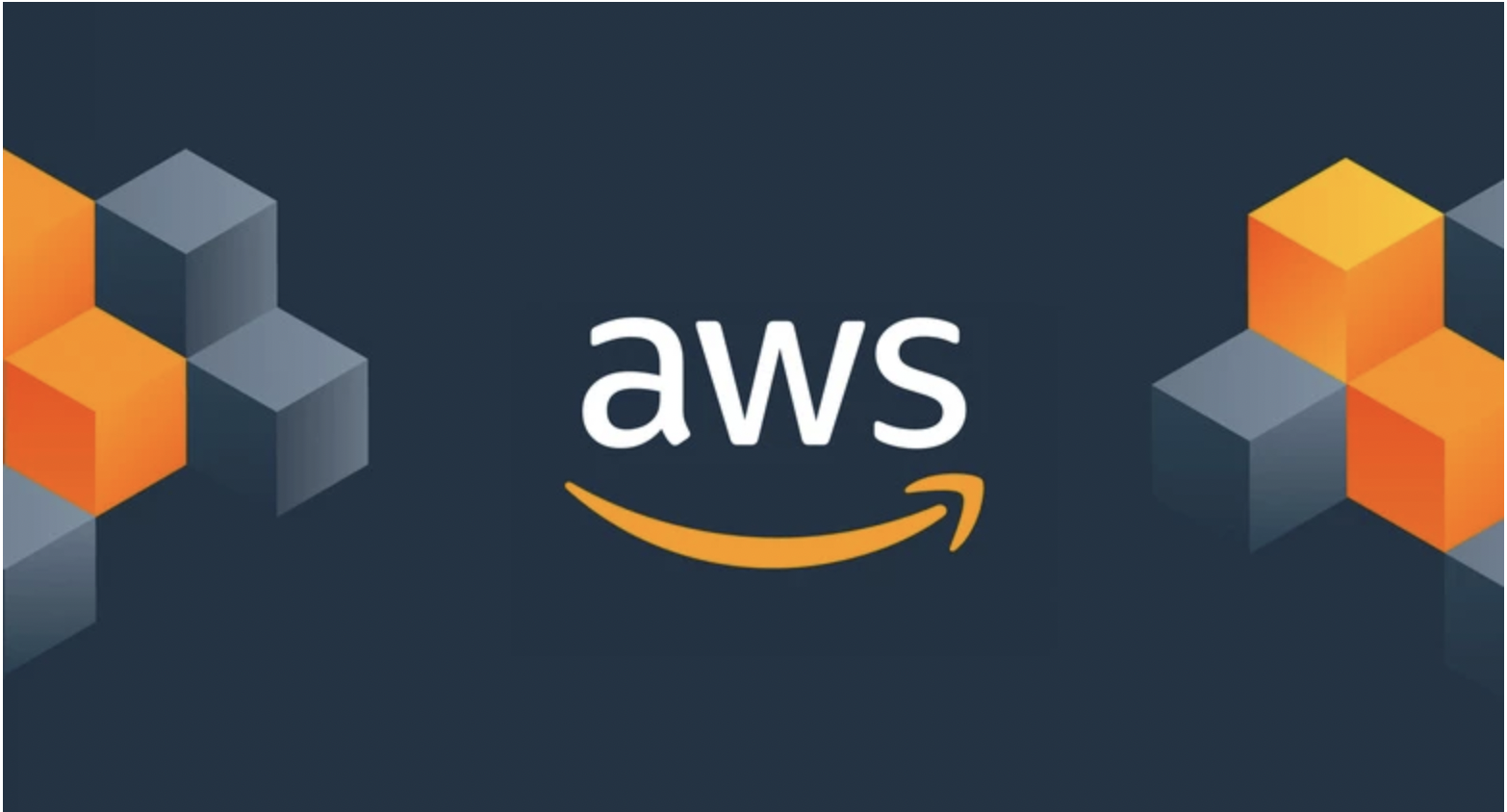Day 1-AWS Basic to advanced
 Aishwarya Upare
Aishwarya Upare
Amazon Web Services (AWS) is one of the most popular cloud platforms, providing businesses with tools and services to run their websites, apps, and databases in the cloud. AWS offers different pricing models, and understanding them can help businesses save money. Let’s break it down in simple terms.
AWS Pricing Models
AWS has several ways to charge for its services, so businesses can pick what works best for them:
Pay-As-You-Go (On-Demand)
You only pay for what you use. There are no upfront costs or long-term contracts. It’s perfect for businesses with unpredictable needs. For example, if you need extra computing power for a few hours, you just pay for that time.Reserved Instances
This model allows you to commit to using a service (like a virtual server) for one or three years in exchange for a discount. If you know you'll need consistent computing power, this is a cost-effective option.Spot Instances
With spot instances, you bid for unused computing power at a lower price. The downside is that AWS can take the resources back if they’re needed elsewhere. This is good for tasks that can handle interruptions, like big data processing.Savings Plans
If you're using AWS services consistently, savings plans let you commit to a certain amount of usage over one or three years for lower rates. This offers more flexibility than reserved instances.Free Tier
AWS offers a free tier that lets you try certain services for free, up to a limit. This is great for developers or small businesses just starting out.
Types of Cloud Computing: On-Premises, Cloud, and Hybrid
There are three main ways businesses can run their IT systems:
On-Premises
This means running everything on your own hardware, in your own data centers. It gives you full control, but it can be expensive and harder to manage. This option works for businesses with strict security or compliance needs.Cloud (Public Cloud)
In the public cloud, you rent computing power and storage from a cloud provider like AWS. You don’t own the hardware, but you can scale up or down quickly and only pay for what you use. This is perfect for businesses looking for flexibility and cost savings.Hybrid Cloud
A hybrid cloud combines both on-premises and cloud systems. This approach works well for businesses that want to keep some data on their own servers (for privacy or compliance reasons) but use the cloud for other parts of their operations, like processing data or running apps.
Understanding IaaS, PaaS, and SaaS
AWS offers three types of services to help businesses with their IT needs:
IaaS (Infrastructure as a Service)
With IaaS, you rent the basic infrastructure (like servers, storage, and networks) but manage everything else. For example, AWS EC2 gives you virtual machines to run your applications. This option is best for businesses that want control over their systems but don’t want to buy physical hardware.PaaS (Platform as a Service)
PaaS gives you a platform to build, test, and deploy applications, without worrying about the underlying infrastructure. For example, AWS Elastic Beanstalk lets you deploy web apps with minimal setup. PaaS is great for developers who want to focus on coding without managing servers.SaaS (Software as a Service)
SaaS provides ready-to-use software that you can access over the internet. You don’t have to install or maintain anything. Examples include Google Workspace (for email and productivity tools) and Salesforce (for customer relationship management). SaaS is ideal for businesses that want easy access to software without the hassle of managing it themselves.
AWS’s Growth: A Brief History
AWS started in 2006 and has grown rapidly to become the leading cloud platform. Here are some key milestones:
2006: AWS launched with basic services like S3 (Simple Storage Service) for file storage and EC2 (Elastic Compute Cloud) for running virtual servers.
2008: AWS introduced Elastic Load Balancing to distribute web traffic across multiple servers, improving reliability.
2012: AWS launched Lambda, allowing developers to run code without managing servers—this made it easier to build scalable applications.
2014: AWS introduced CloudFormation, allowing users to automate the setup of cloud infrastructure.
2016: AWS IoT was launched, allowing businesses to connect and manage internet-connected devices.
2020 and beyond: AWS expanded with services for artificial intelligence (AI), machine learning, and specialized tools for industries like healthcare and finance.
Today, AWS is not just about servers and storage—it provides a wide range of tools for businesses to build, deploy, and scale applications.
Conclusion
AWS offers a variety of pricing models and cloud services, allowing businesses to choose what works best for them. Whether you're looking for flexibility, cost savings, or control over your infrastructure, AWS has options to meet your needs. With its continuous innovation, AWS remains a powerful platform that helps companies of all sizes succeed in the digital world.
Subscribe to my newsletter
Read articles from Aishwarya Upare directly inside your inbox. Subscribe to the newsletter, and don't miss out.
Written by
